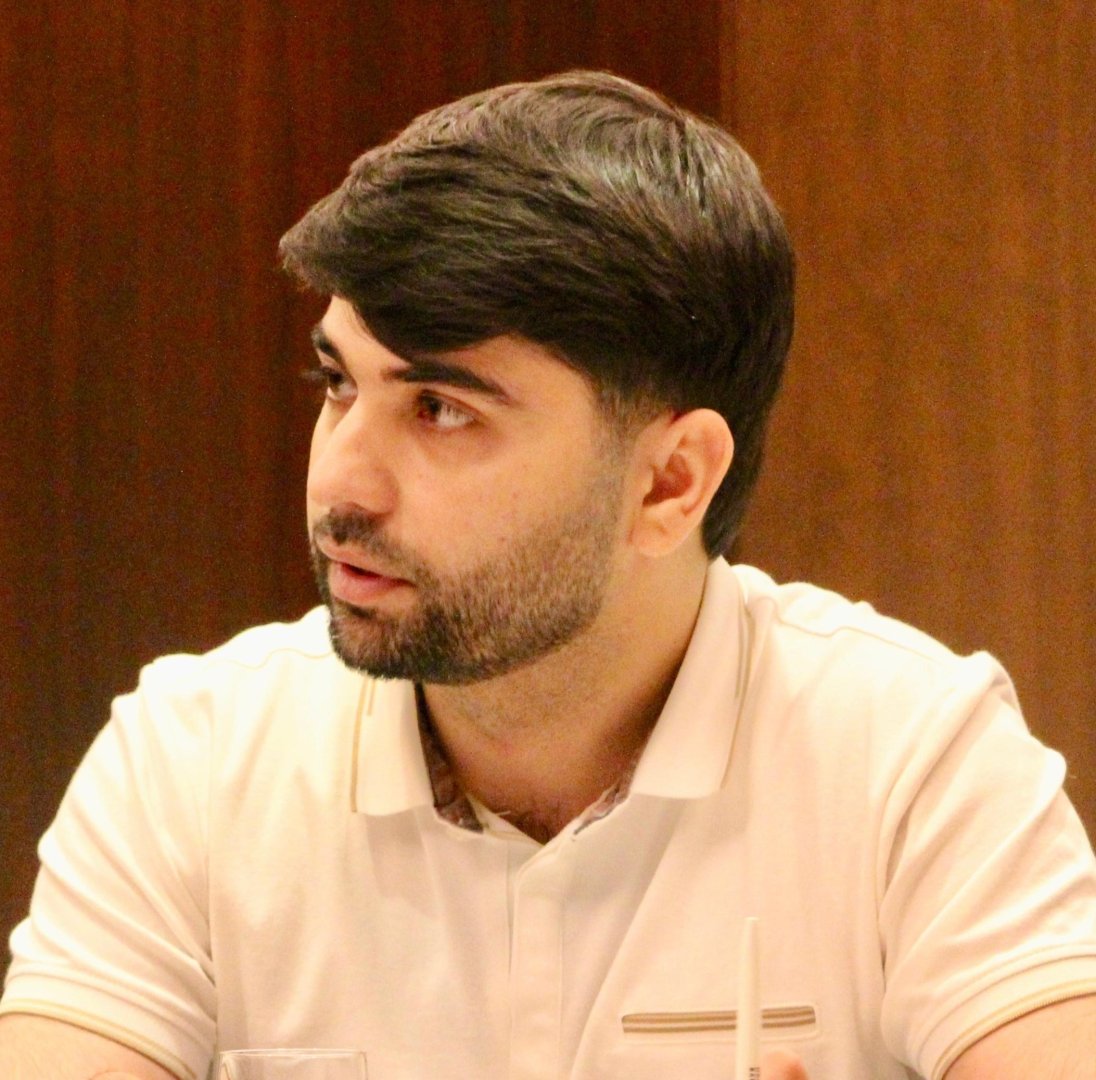BAKU, Azerbaijan, December 23. Kazakhstan, Azerbaijan, and Georgia play vital roles as transit routes for the Trans-Caspian International Transport Route (TITR, or Middle Corridor), William Courtney, adjunct senior fellow at the RAND Corporation and former US Ambassador to Kazakhstan and Georgia, told Trend.
"The role of the Middle Corridor is growing for several reasons, including the most recent increased political risk of shipping through Russia," added the official.
As William Courtney pointed out, Western sanctions imposed as a result of the Ukraine war have limited Russia's access to European rail transport destinations.
"Kazakhstan, Azerbaijan, and Georgia play critical roles as Middle Corridor transit routes. Chinese investment is also critical for upgrading transportation infrastructure and providing goods for shipment via the Corridor," stated a former US Ambassador.
According to William Courtney, a major difficulty in the Corridor is the lack of and high cost of inter-modal transportation.
"More barge capacity across the Caspian Sea is needed, as is greater container port capacity at Georgian Black Sea ports. Rail infrastructure along the Middle Corridor requires improvement. Privatized rail systems could attract more private capital and technology and be more efficient," he noted.
The Middle Corridor is a transportation and trade route that connects Asia and Europe, passing through several countries in the region. It is an alternative route to the traditional Northern Corridor and Southern Corridor.
The route starts in China and crosses Central Asian countries such as Kazakhstan, Uzbekistan, and Turkmenistan. It then passes through the Caspian Sea, Azerbaijan, Georgia, and Türkiye before reaching Europe.
The Middle Corridor offers a land route that connects the eastern parts of Asia, including China, with Europe, bypassing the longer maritime routes.






